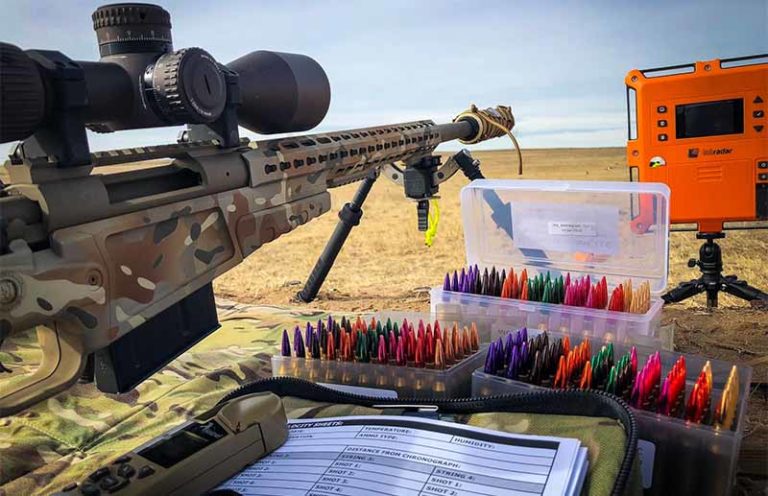
Why it's important to master the “littles” before moving up to big rifles and magnum cartridges.
It’s interesting how many new shooters jump to larger-caliber rifles first before understanding the necessity of the tool they’re about to purchase. I often get queried about a rifle purchase before a class by students, and I’m amazed by how many are considering a magnum cartridge rifle for their first time out.
It seems the .338 Lapua class of rifles is the go-to for many new shooters. After all, bigger is better …correct?
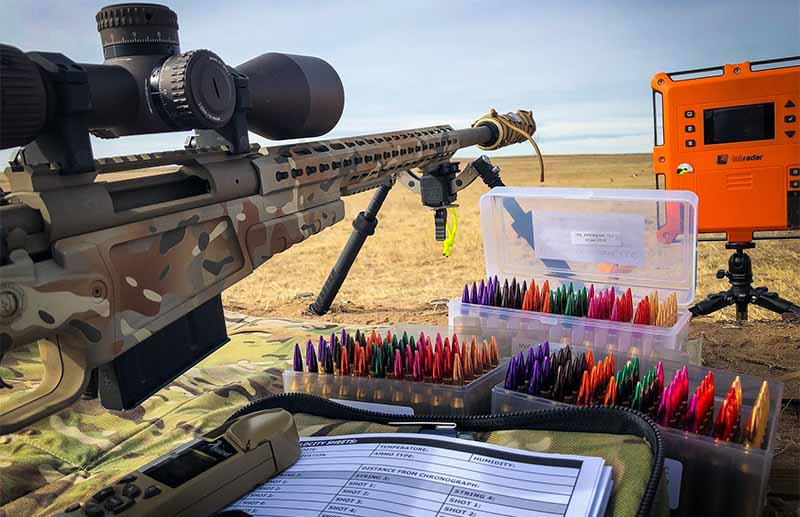
A Class Of Their Own
For starters, big guns command a lot of respect. I was one of the first units in the Marine Corps to be issued a .50-caliber SASR. The Iver Johnson .50-cal. was a single-shot bolt-action rifle designed by Daisy. Yes, the air rifle people designed the .50-caliber sniper rifle I was issued—and it was a tank.
The rifle weighed more than 30 pounds. It had a short bolt with a claw on it where the user inserted the round. Then, the bolt and bullet were locked into place together. The rifle beat up shooters, broke scopes … and nobody wanted to carry it. It was fun shooting far and seeing the damage it’d cause; however, we never considered it anything other than a specialized tool to break large objects.
Like cars, many feel the need for horsepower. Early on in my Alaska classes, everyone showed up to class with a .300 Win. Mag. or larger because they hunt dinosaurs up there. Large-caliber magnum cartridges are flinching factories for the uninitiated. You want to hone your skills on the lighter-recoiling rifles before moving to the big guns.
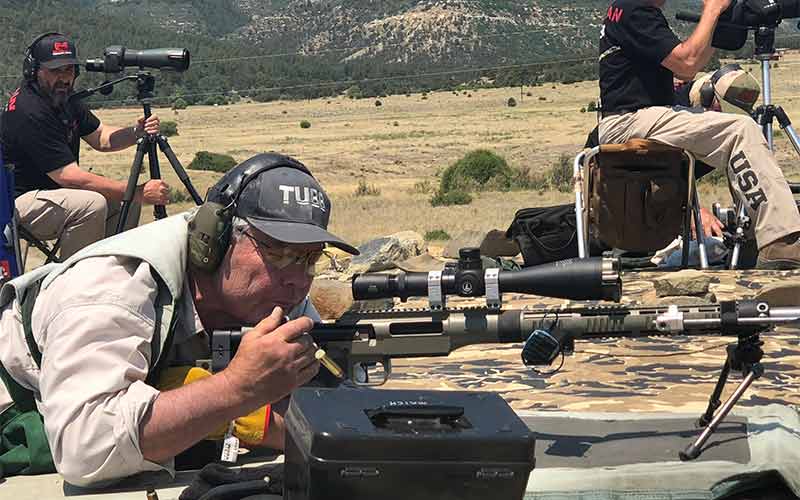
If you consider the benefit of dry-fire, understand that by working your fundamentals with a smaller caliber, you remove the negative parts of the shooting magnum cartridges.
Today, the big guns are the makers of myths. You have competitions designed around them in hopes of pushing the envelope. They’re engineering laboratories used by the shooters to break boundaries and improve accuracy down the line.
When I first attended the early King of 2 Mile competitions, the shooters were lucky to hit the 1-mile target on command. That was the bucket list item to check off. Can we be successful at 1 mile? Absolutely. One mile is no longer a mystery.
Today, that bucket list location is closer to 2,500 yards. This is the distance they’re starting to hit on command. You need the experience to engage these targets, understanding the trajectory and wind for the bullet you’re shooting. You don’t get that without committing the shot to diagnose the variables.
Once they crack the code, they begin to manage those conditions better and better. Each new range is a new set of variables and a new code to be broken. This is helping to change bullet technology and the way we use radar, all born of the want to push the bullet further than the guy before you.
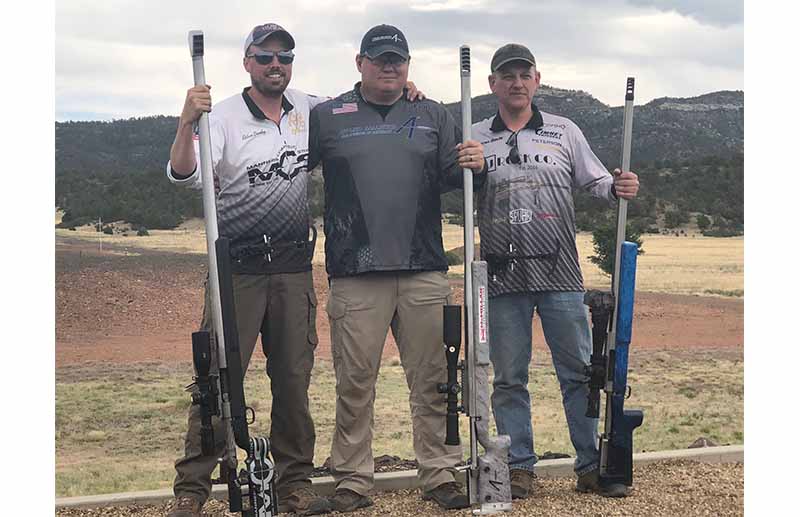
Less Can Be More
Learn the fundamentals and hone your skills inside 1,000 yards with smaller calibers first.
Today, many are shooting the 6mm and 6.5 Creedmoor like our grandfathers shot their .30-06s and .300 Win. Mags. The need for a .338 Lapua is specific; it’s designed for extreme long-range shooting … not inside 500 yards to harvest deer and elk. You don’t need a caliber that large, which is exactly why you see a caliber like the 6.5 PRC today. When you move to magnum cartridges, have a purpose.
But big guns get the views, right. Videos of shots beyond 3,000 yards are all the rage, but most hide the fact they’ve been at it all day. One of the more popular videos took 194 rounds to get the hit they highlighted. That’s not accurate, nor is it precise; throw enough lead downrange and eventually everything downrange will get hit.
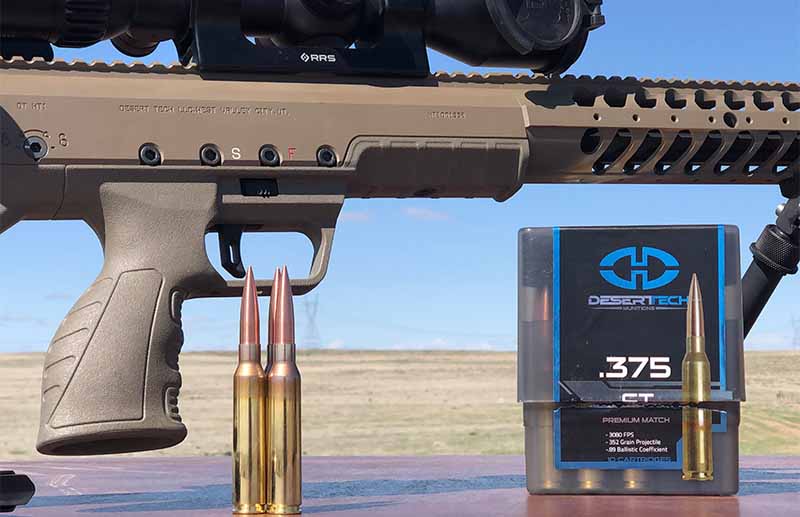
When I teach ELR classes, I focus on the conditions, the preparation and the execution of the firing task. I want my students to get either a first- or second-round hit, because after five shots, their time at that target is finished. Rarely do they need more than three, but five I consider the limit.
Big Guns Are Slow And Methodical
All that said, make no mistake: Big-bores have their place in the long-range arena. And, I love the process of sending a big bullet a long way. Everything must be monitored because the time of flight is so long. I watch the wind for several minutes so I can start to understand the timing of the changes. Can I slide a round between them? Think about the process more than the bang.
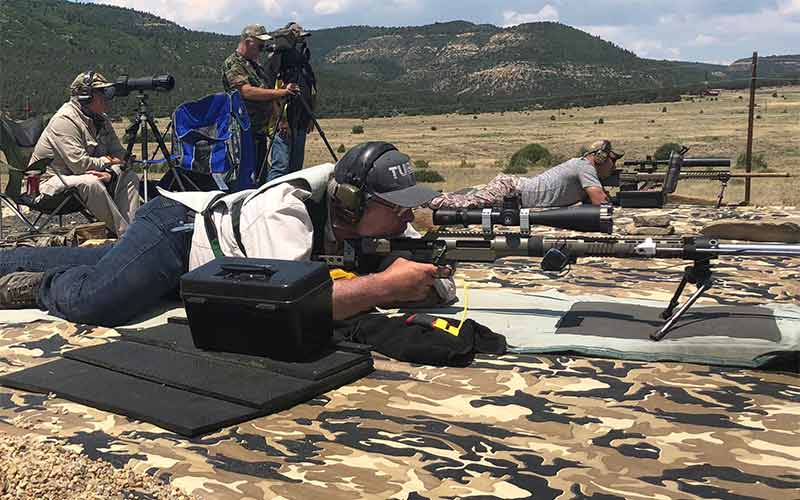
Understand that shooting a big gun is like learning to drive a tractor-trailer; they have specialized requirements and specialized instructional schools. Many people can move forward in a truck, but how many can do the job?
Like all gun skills, proper training and adequate trigger time are keys to mastering the big bores.
Editor's Note: This article originally appeared in the May 2021 issue of Gun Digest the Magazine.
More On Precision Rifles:
- Top 17 Affordable Precision Rifles
- How To Buy Or Build A Custom Precision Rifle
- Precision Rifle Training: The Edge You Need For Hunting Season
- Gun Review: Ruger Precision Rifle In 6mm Creedmoor

Next Step: Get your FREE Printable Target Pack
Enhance your shooting precision with our 62 MOA Targets, perfect for rifles and handguns. Crafted in collaboration with Storm Tactical for accuracy and versatility.
Subscribe to the Gun Digest email newsletter and get your downloadable target pack sent straight to your inbox. Stay updated with the latest firearms info in the industry.

![Best Concealed Carry Guns In 2025 [Field Tested] Wilson Combat EDC X9S 1](https://gundigest.com/wp-content/uploads/Wilson-Combat-EDC-X9S-1-324x160.jpg)


![Best 9mm Carbine: Affordable PCCs [Tested] Ruger Carbine Shooting](https://gundigest.com/wp-content/uploads/Ruger-Carbine-Shooting-100x70.jpg)
![Best AR-15: Top Options Available Today [Field Tested] Harrington and Richardson PSA XM177E2 feature](https://gundigest.com/wp-content/uploads/Harrington-and-Richardson-PSA-XM177E2-feature-100x70.jpg)
